Hollywood At A Halt: The Combined Writers And Actors Strike
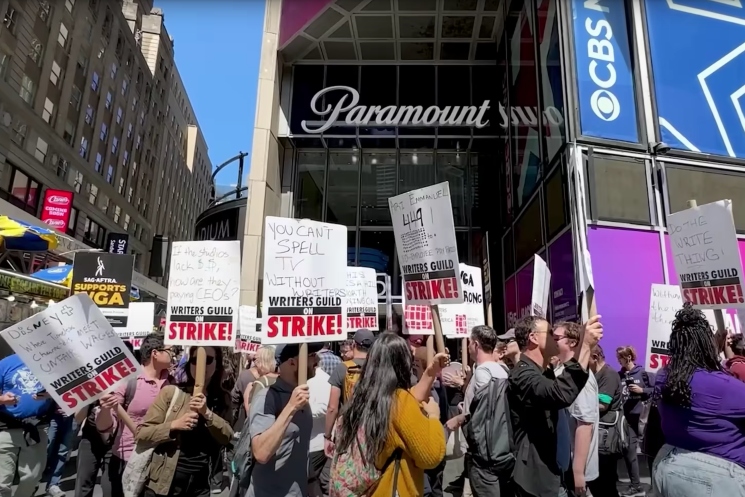
Table of Contents
The Core Demands of the WGA Strike
The WGA strike, impacting writers' rights and fair compensation, is fueled by several key concerns within the entertainment industry. The shift to streaming has dramatically altered the economic landscape for writers, leading to significant income disparities compared to the traditional television model.
-
The WGA's fight for fair compensation in the streaming era: Historically, writers received residuals – payments based on the continued airing of their work – for television shows. Streaming services, however, often offer drastically reduced or non-existent residuals. This means writers are compensated only once for their work, regardless of its ongoing popularity and profitability on platforms like Netflix, Hulu, and Amazon Prime. A successful sitcom rerun on network television might generate significant residual income for years. The same show streaming on a platform does not offer equivalent compensation. This drastic reduction in income is a core grievance driving the WGA strike.
-
Concerns about the use of AI in writing: The WGA is deeply concerned about the increasing use of artificial intelligence in scriptwriting. They fear AI could replace human writers, undermining their skills and expertise and potentially leading to a devaluation of their creative work. Furthermore, the WGA is demanding stronger protections for writers' intellectual property rights in relation to AI-generated content. The fear isn't just job displacement; it's also the potential exploitation of writers' ideas and creative output without proper attribution or compensation.
-
The demand for improved working conditions: The WGA is also fighting for better working conditions, specifically addressing issues surrounding “mini-rooms.” These are smaller writing teams working on shorter deadlines, often under intense pressure and with less creative control than traditional writing rooms. This leads to writer burnout and exacerbates the power imbalance between showrunners and writers. The strike aims to reform these practices and provide writers with fairer working environments.
-
Specific examples of WGA demands:
- Restoration of fair residuals for streaming content.
- Stronger protections against the use of AI in writing.
- Regulation of mini-rooms to ensure fair workloads and creative input.
- Increased transparency in streaming viewership data to better inform compensation models.
SAG-AFTRA's Fight for Fair Wages and Working Conditions
The SAG-AFTRA strike adds another layer of complexity to the Hollywood shutdown. Similar to the WGA, SAG-AFTRA members are fighting for fair wages and working conditions, highlighting the impact of streaming and the rise of new technologies.
-
The impact of streaming on actors' compensation: Streaming has drastically altered the compensation landscape for actors. Similar to writers, actors often receive significantly reduced residuals for their work on streaming platforms compared to traditional television. This means their income is often disproportionate to the success and longevity of the projects they appear in. A popular show might generate millions of viewers on a streaming service, yet the actors receive a fraction of the compensation they would have received for a similar show on network television.
-
The rise of self-tape auditions and its effect on actors' working conditions: The increasing prevalence of self-tape auditions has placed significant burdens on actors. They are required to film and edit their own audition tapes, often incurring costs for equipment and editing software without any guarantee of work. This practice places an additional financial and logistical burden on actors, eroding their already precarious working conditions.
-
Concerns about the use of AI in acting: SAG-AFTRA shares the WGA's concerns about AI, particularly regarding the use of AI to generate actors' likenesses and voiceovers without their consent or compensation. This raises serious ethical and legal questions about actors' rights and the potential for AI to devalue their skills and labor.
-
Specific examples of SAG-AFTRA demands:
- Increased minimum pay for background actors.
- Fair residuals for streaming content.
- Regulation of the use of AI in acting.
- Improved working conditions for self-tape auditions.
The Combined Impact of the Strikes
The simultaneous WGA and SAG-AFTRA strikes represent an unprecedented shutdown of Hollywood, with profound consequences.
-
The ripple effect on the economy: The strikes have a cascading effect, impacting numerous related industries. Catering companies, transportation services, and post-production houses are all experiencing significant losses. Thousands of workers beyond actors and writers are facing unemployment or reduced work hours.
-
Delays in film and television production: Countless film and television projects are on hold, leading to significant delays in production schedules and release dates. This disruption affects the entire industry, from studios to independent productions.
-
The impact on streaming services: The strikes directly impact the content pipeline for streaming platforms, threatening their ability to release new content. This could lead to subscriber churn as viewers seek alternative entertainment sources, posing a serious financial threat to streaming giants.
-
Statistics about the economic impact and production delays: (Insert relevant statistics here – find data on economic losses, number of delayed projects, etc. This will require research and should be updated frequently as the strike progresses.)
Potential Resolutions and Future of the Industry
The resolution of this Hollywood strike remains uncertain, with ongoing negotiations between the unions and the Alliance of Motion Picture and Television Producers (AMPTP).
-
Analysis of the ongoing negotiations: (Insert updates on negotiation progress here – this section will need to be updated frequently as the situation develops.)
-
Potential solutions to the key issues: Potential solutions could include a revised compensation model for streaming content that better reflects the value generated by writers and actors, stricter regulations on the use of AI in the creative process, and improved working conditions for all involved.
-
The long-term impact on the entertainment industry: The outcome of this strike will significantly influence the future structure and labor practices of the entertainment industry. It could lead to lasting changes in how creative works are compensated, produced, and protected in the digital age.
-
Possible scenarios for resolution and their implications for the future: (Discuss possible scenarios, such as a quick settlement, a prolonged strike, or a partial agreement, and their respective implications for the future of the industry.)
Conclusion
The combined WGA and SAG-AFTRA strike represents a significant turning point for Hollywood, forcing a crucial conversation about fair compensation, working conditions, and the impact of new technologies on creative labor. The outcome of these negotiations will profoundly shape the future of the entertainment industry. The Hollywood strike demonstrates the need for a re-evaluation of labor practices within the industry, particularly given the disruption brought about by streaming and AI.
Call to Action: Stay informed about the ongoing Hollywood strike and its potential implications for your favorite shows and movies. Keep an eye on the progress of the Hollywood strike negotiations and support the actors and writers in their fight for fair wages and working conditions. Follow this space for further updates on the Hollywood strike and the ongoing struggle for fair compensation and working conditions within the entertainment industry.

Featured Posts
-
 Hakkari Deki Hakim Ve Savcilar Icin Oezel Iftar Programi
May 12, 2025
Hakkari Deki Hakim Ve Savcilar Icin Oezel Iftar Programi
May 12, 2025 -
 Celtics Payton Pritchard Sixth Man Award And Va Hero Recognition
May 12, 2025
Celtics Payton Pritchard Sixth Man Award And Va Hero Recognition
May 12, 2025 -
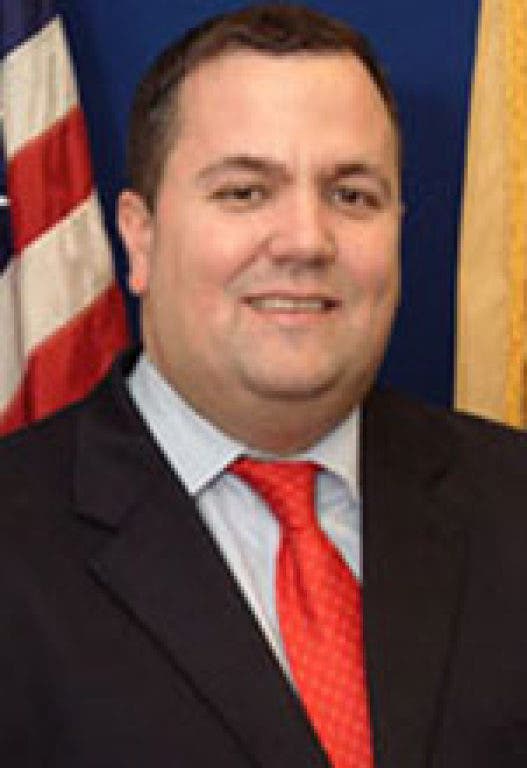 Chaos At Newark Ice Facility Lawmaker Details Confrontation
May 12, 2025
Chaos At Newark Ice Facility Lawmaker Details Confrontation
May 12, 2025 -
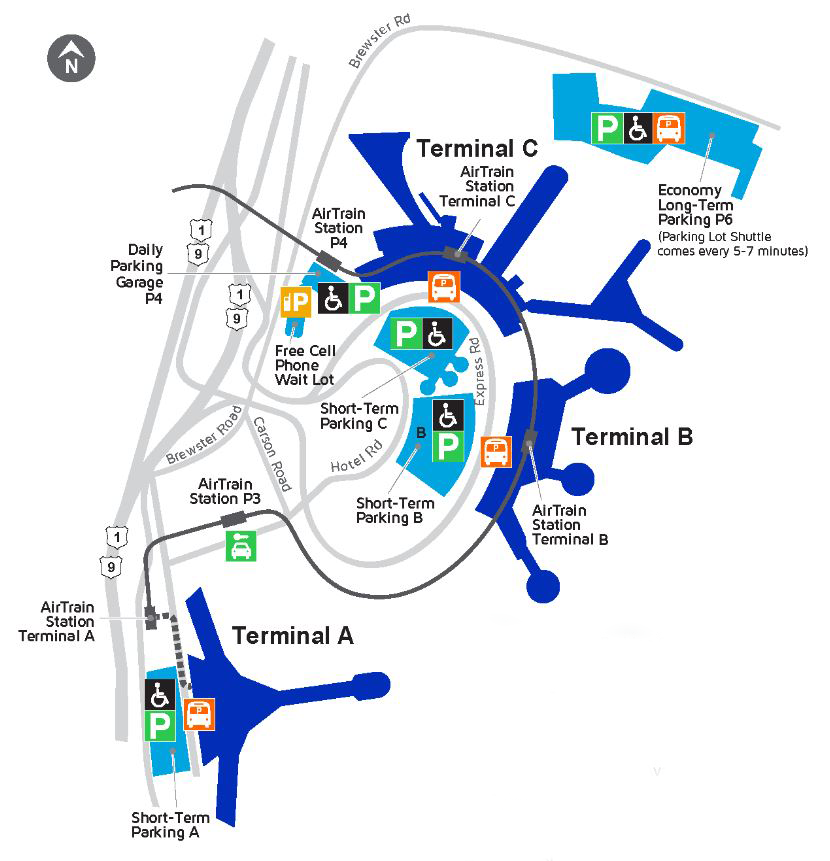 Breaking News Newark Liberty International Airport Hit By Another Equipment Outage
May 12, 2025
Breaking News Newark Liberty International Airport Hit By Another Equipment Outage
May 12, 2025 -
 Littletons Top 33 Restaurants Your Ultimate Dining Guide
May 12, 2025
Littletons Top 33 Restaurants Your Ultimate Dining Guide
May 12, 2025
Latest Posts
-
 Young Influencers Transition From Kamala Harris Campaign To Congress
May 13, 2025
Young Influencers Transition From Kamala Harris Campaign To Congress
May 13, 2025 -
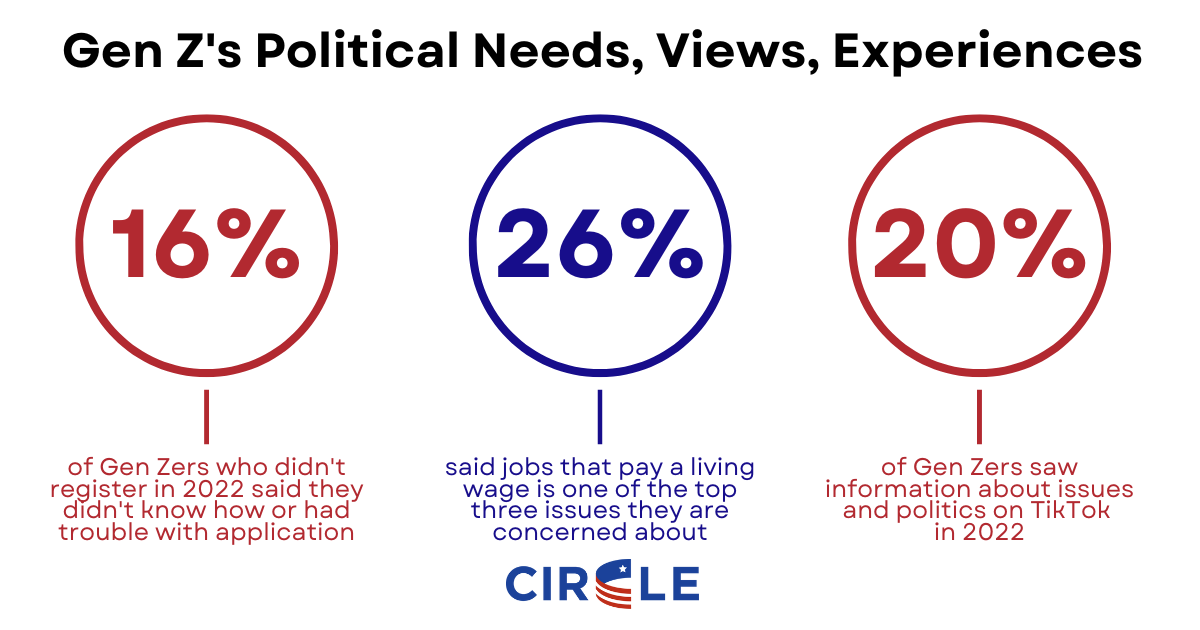 From Social Media Influencer To Political Candidate A Gen Zs Journey
May 13, 2025
From Social Media Influencer To Political Candidate A Gen Zs Journey
May 13, 2025 -
 Kamala Harris Influencer Seeks Congressional Seat A Gen Z Story
May 13, 2025
Kamala Harris Influencer Seeks Congressional Seat A Gen Z Story
May 13, 2025 -
 From Kamala Harris Influencer To Congressional Candidate Gen Zs Political Rise
May 13, 2025
From Kamala Harris Influencer To Congressional Candidate Gen Zs Political Rise
May 13, 2025 -
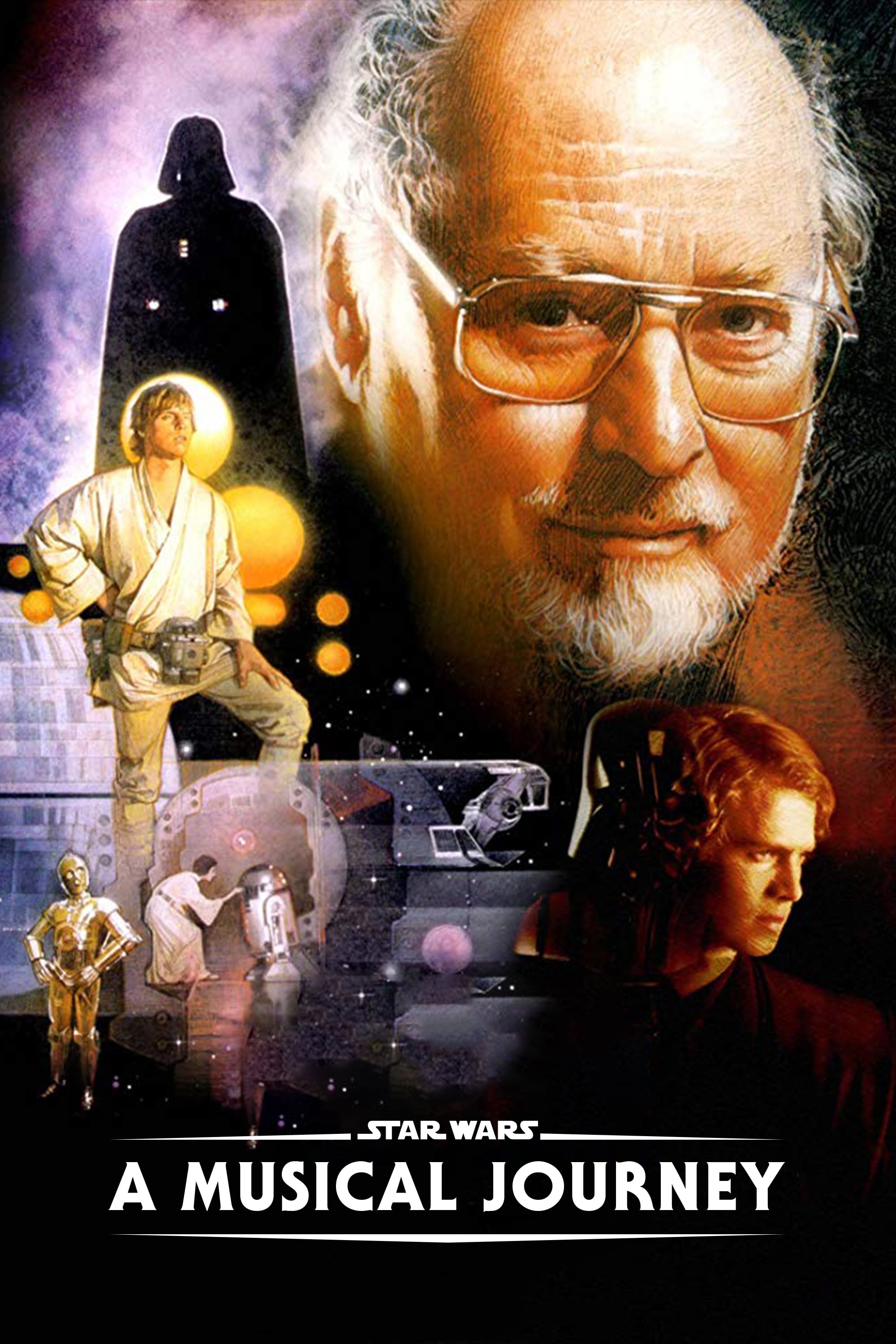 Cp Music Productions A Father Son Musical Journey
May 13, 2025
Cp Music Productions A Father Son Musical Journey
May 13, 2025
